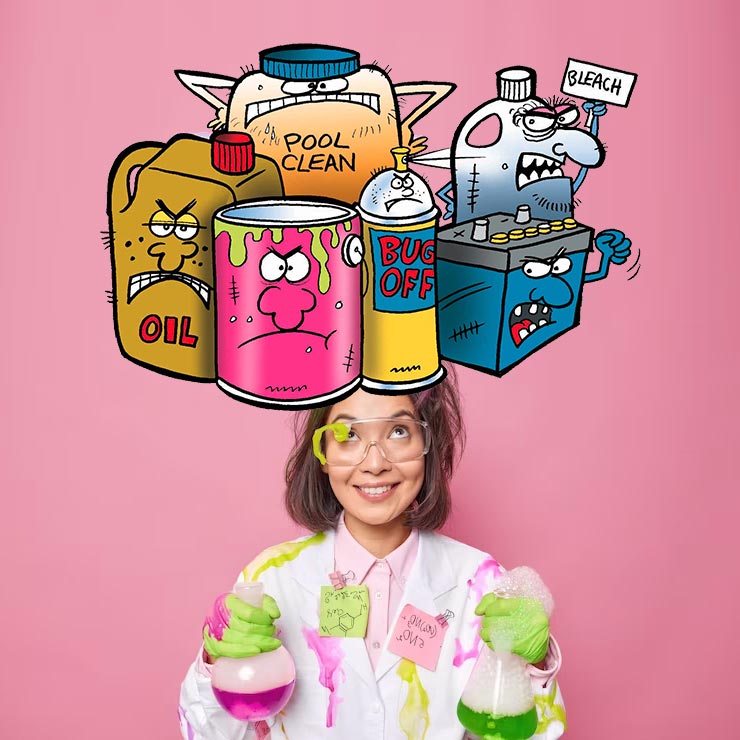Sodium hypochlorite (Sodium hypochlorite) is a clear and yellow solution with a pungent smell, which is sold as a bleach under the brand name of Javal water. This combination is also known by names such as Vitex Bleach, Varokina and Amokina. It is unstable and a strong oxidizer and reacts with flammable compounds and reducers.
Production of sodium hypochlorite
Sodium hypochlorite can be produced in the following two ways;
- In the first method, a concentrated salt water solution is obtained by dissolving salt in soft water. The solution is electrolyzed and forms a solution of this compound in water. This solution contains 150 grams of active chlorine (Cl2) per liter. During this reaction, explosive hydrogen gas will also be formed.
- In the second method, by adding chlorine gas (Cl2) to caustic soda (NaOH) during a reaction, this compound, water (H2O) and salt (NaCl) are produced.
Application of sodium hypochlorite
Sodium hypochlorite has many uses, including the following; The main ingredient in detergent industries such as clothes bleach, bleach in textile industries, detergents and paper and pulp industries, oxidizer for organic products, in petrochemicals for refining petroleum products, disinfectant in water and wastewater treatment and hospital sanitary equipment. in food processing to disinfect food preparation equipment, in fruit and vegetable processing and mushroom production, maple syrup production and fish processing. Also, this substance is used in root canal treatment to wash the tooth canal.
Possible dangers of sodium hypochlorite
Sodium hypochlorite and ammonia should not be mixed together; Because it produces a dangerous gas that will cause suffocation and breathing problems. If a person eats this substance, he should go to the medical center immediately, and if the affected person is conscious, he should drink milk or water. In case of contact of this chemical composition with skin or eyes, the contact area should be washed immediately.
Frequently asked questions about sodium hypochlorite
1- How does sodium hypochlorite work in a chemical reaction?
Sodium hypochlorite must be reacted to leave its effect in water and sewage or various other parts as a disinfectant. This substance reacts with water and produces hypochlorous acid. This substance will eventually turn into oxygen and HCl. At this time, it will exert its effect on bacteria and other substances.
2- Will sodium hypochlorite affect water pH?
Caustic soda or sodium hypochlorite when combined with water can increase the pH of the environment due to existing reactions. In other words, despite the property of increasing the pH, this substance will affect all types of pathogens and micromolecules.
3- What should you do when you are exposed to sodium hypochlorite and its combination with ammonia?
In case of splashing this mixture on the eyes or skin, you should quickly wash the affected area with cold water. If you smell the smell of this substance, you can quickly leave the desired place and move to an environment that has more oxygen.
4- What are the symptoms of people who have swallowed sodium hypochlorite?
We can see symptoms such as burning sensation in the stomach and pain in it, cough, dizziness and nausea, vomiting, redness in different areas of the skin, as well as burning in the throat area and pain in that area. In this case, you should immediately seek treatment through health centers.
5- On what date and by whom was Javal water prepared and produced?
It was produced in France by Claude Louis Bertollet, a French physician in the neighborhood called Javel in Paris. For this purpose, this substance is also known as Javal water and it is used to clean and whiten all kinds of different environments.

